11. August, 2025delish0
The key to achieving multi-purpose and adapting to different materials and widths of film slitting machines lies in modular design, intelligent control and flexible mechanical structure adjustment. Here are the specific solutions:
1. Mechanical structure adaptation design
• Modular tool holder system
The quick-change tool holder design supports quick switching of various tools such as round knives, razors, and air knives to meet the slitting needs of different materials (soft/rigid/composite film) such as PET, PE, PP, and aluminum foil.
Example: High-frequency quenched steel knife is used to slitting aluminum foil, while PE film can be used with ordinary round knife.
• Adjustable roller system
◦ Equipped with pneumatic or electrically adjustable flattening rollers and tension rollers to adapt to the tension control needs of materials of different thicknesses (5μm-1mm).
◦ Synchronous adjustment of retracting and unwinding reel core, supporting different shaft diameters of 1-3 inches (such as inflatable shaft, slip shaft).
• Infinite width adjustment
Through the two-way lead screw mechanism driven by servo motor, stepless adjustment of the slitting width within the range of 50-2000mm (the specific range depends on the model) is realized, and the accuracy can reach ±0.1mm.
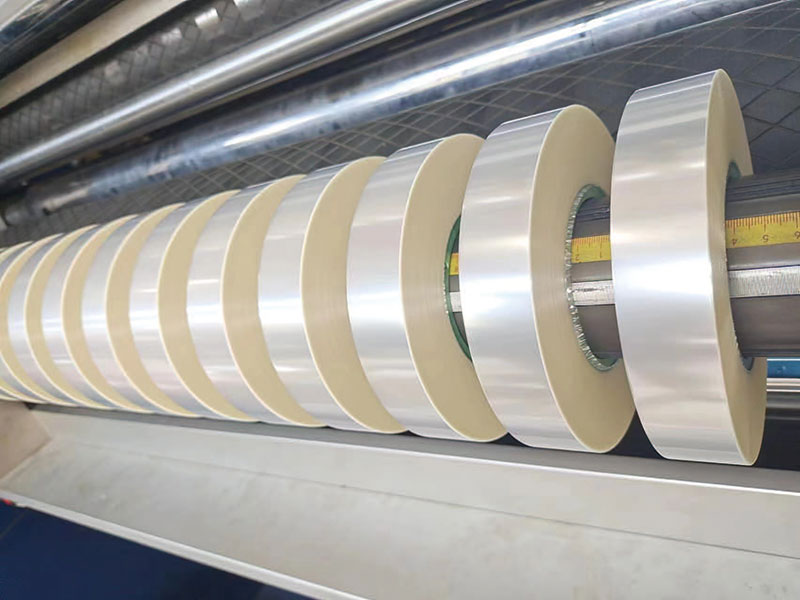
2. Intelligent control system
• Multi-material parameter presets
The process parameters of different materials (e.g. tension, speed, tool pressure) are stored in the HMI HMI and automatically adjusted when called.
For example, slitting PVC requires low speed (50m/min) and high tension, while BOPP can be high speed (300m/min) and low tension.
• Dynamic tension control
The combination of closed-loop tension sensor + magnetic particle brake is used to compensate for the elastic deformation of the material in real time (such as the strong ductility of the TPU film) to ensure that the slitting edge is flat.
• Visual Correction System
Infrared edge detection is used for transparent films (such as PET), and laser sensors are used for metal films (such as aluminum foil) to achieve deviation correction of ± 0.3mm.
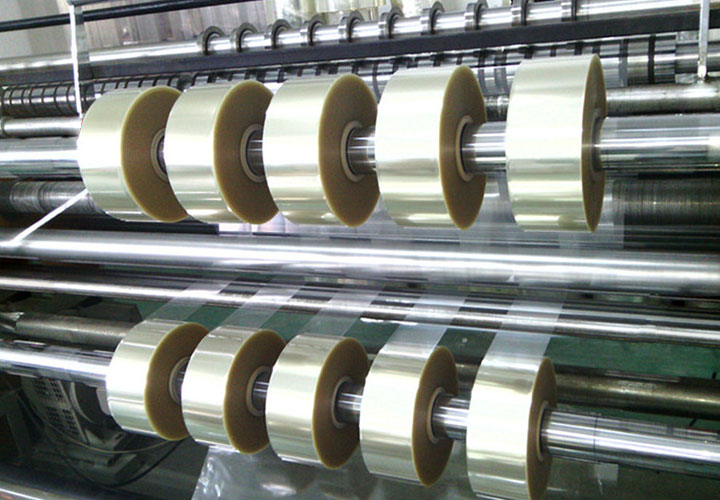
3. Process optimization technology
• Tool combination strategy
◦ Single-roll multi-width slitting: Cut 5-10 different widths of film rolls (such as lithium battery separator slitting) by cutting in parallel with multiple sets of circular knives.
◦ Stacked knife slitting: ultra-thin materials (< 10μm) with overlapping blade design to reduce burrs.
• Edge processing module
Corona treatment (improves the adhesion of PE film printing) or brush dust removal unit (dust-proof during optical film slitting) is available.
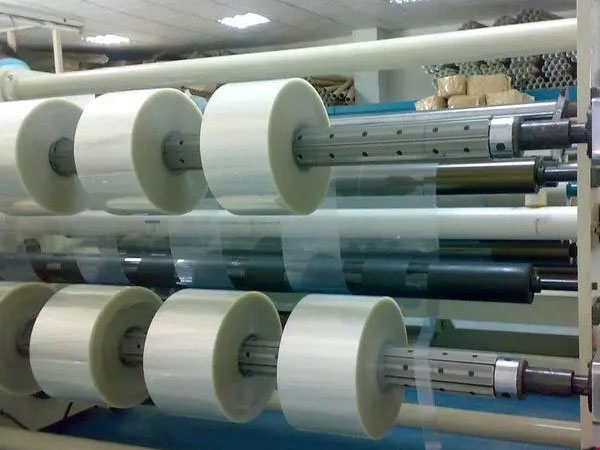
4. Quickly switch scenarios
• Standardized process for changeovers
Using QR code/RFID to identify work orders, the corresponding program can be automatically retrieved, and the changeover time can be shortened to 15 minutes (1 hour for conventional models).
Tool example: Electric torque wrench quick removal tool set.
• Adaptable accessory library
Prepare optional accessories such as guide roller coatings of different materials (polyurethane anti-scratch silicone film, steel rollers are suitable for hard materials), static eliminators, etc.
5. Maintenance and compatibility
• Wear monitoring system
The vibration sensor monitors tool wear and automatically prompts sharpening after 300km of slitting (carbon fiber blades can last up to 5 times that of ordinary steel knives).
• Open interface design
It supports the addition of expansion modules such as coating and online inspection, and upgrades to composite processing equipment.
User selection suggestions
• High mix production: Choose a fully automatic slitting machine driven by a servo motor (such as the German Kampf model) for high mold changeover efficiency.
• Low cost demand: manually adjustable mechanical slitting machine (domestic standard model) is suitable for mass production of a single material.
Through the integration of the above technologies, the modern film slitting machine can process orders of 20 different materials/specifications within 24 hours, and the comprehensive utilization rate is increased by more than 40%. The key is to dynamically adjust the "tension-speed-tool" parameter combination according to the material properties and establish a standardized switching process.



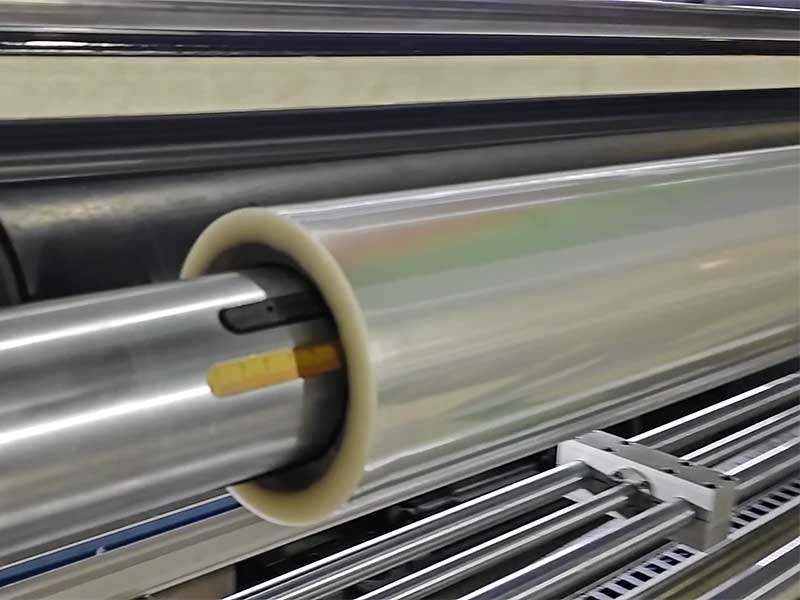
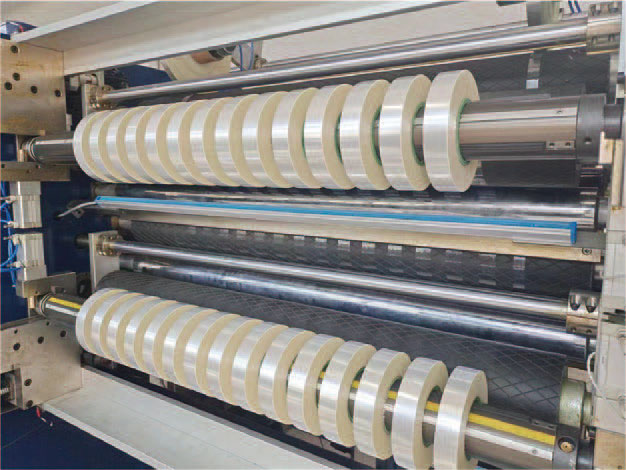
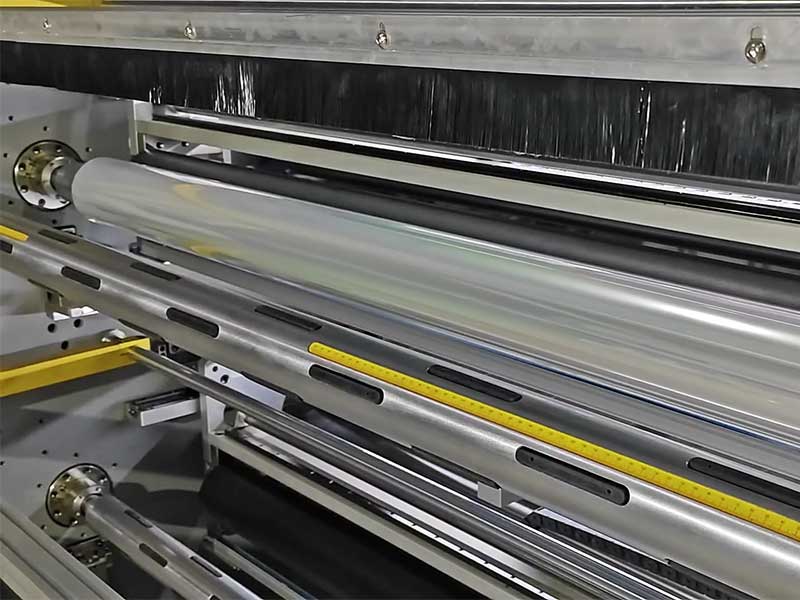
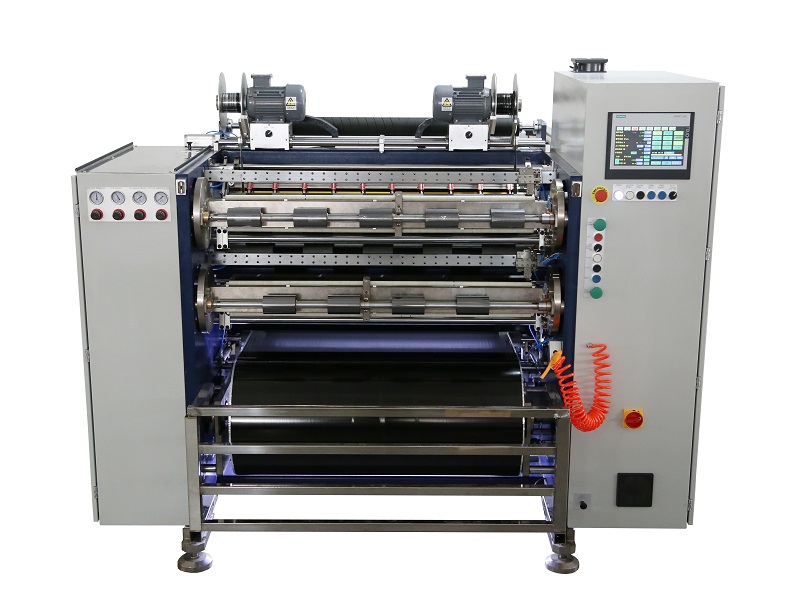 Fully Automatic TTR Slitter RSDS8 Plus
Fully Automatic TTR Slitter RSDS8 Plus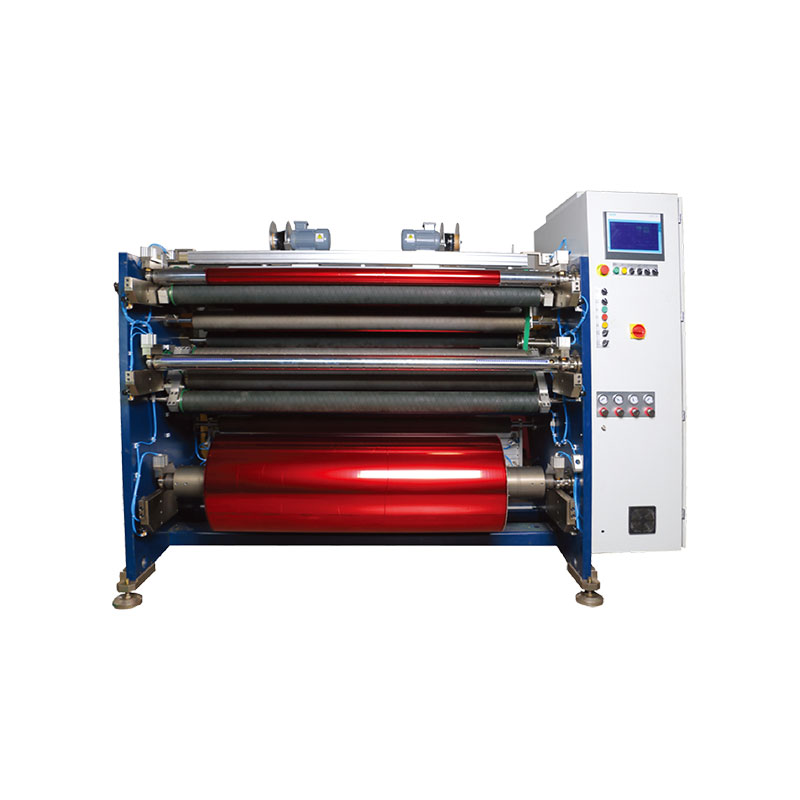 Hot Stamping Foil Slitter 1600mm
Hot Stamping Foil Slitter 1600mm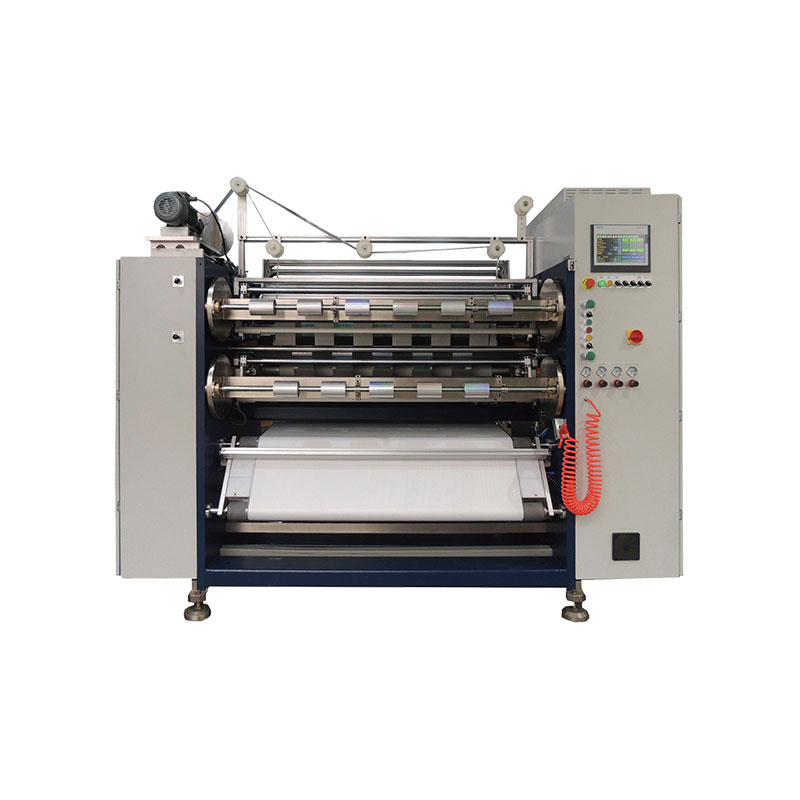 Hot Stamping Foil Slitter (4 Shafts)
Hot Stamping Foil Slitter (4 Shafts)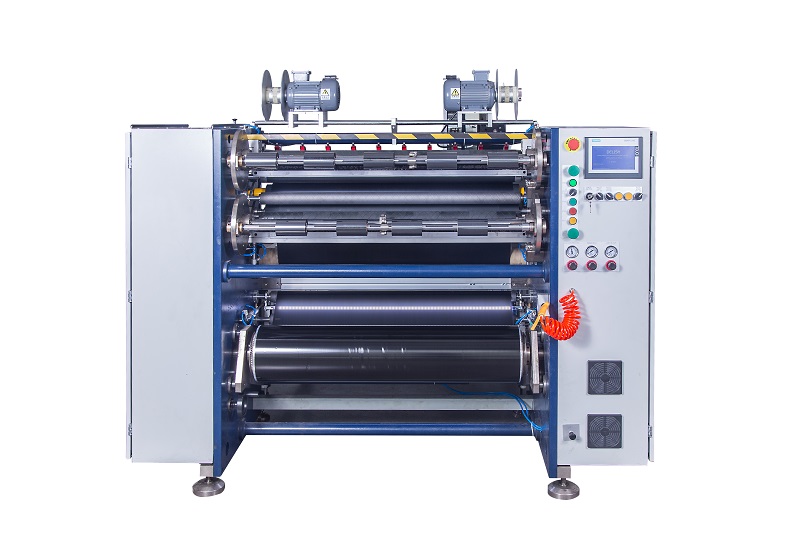 Semi-Auto TTR Slitter RSDS2 Plus
Semi-Auto TTR Slitter RSDS2 Plus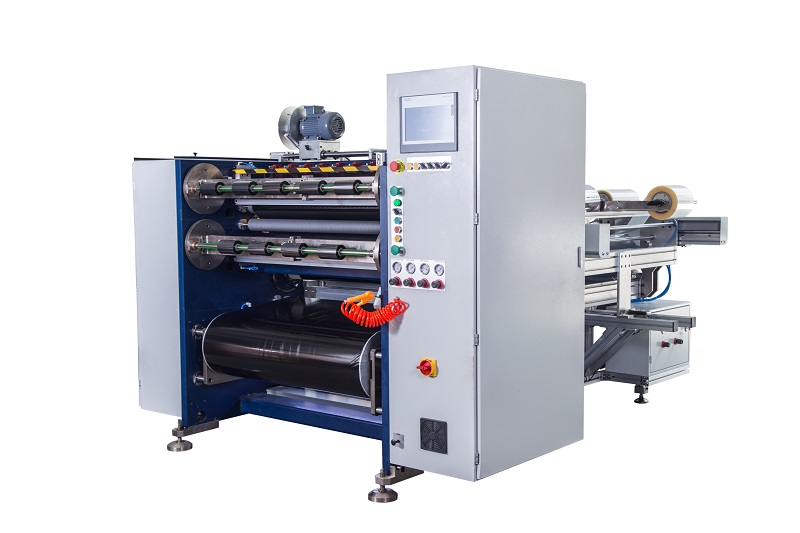 Semi Automatic TTR Slitter RSDS5 Plus
Semi Automatic TTR Slitter RSDS5 Plus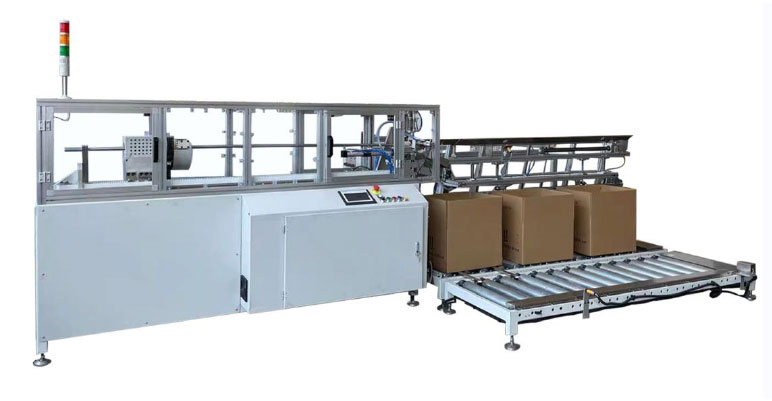 Auto Paper Core Cutter
Auto Paper Core Cutter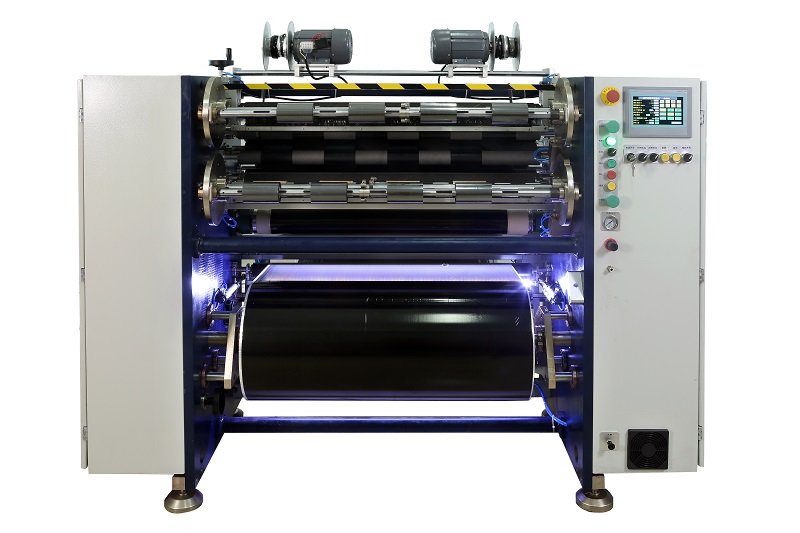 Manual TTR Slitter RSDS2
Manual TTR Slitter RSDS2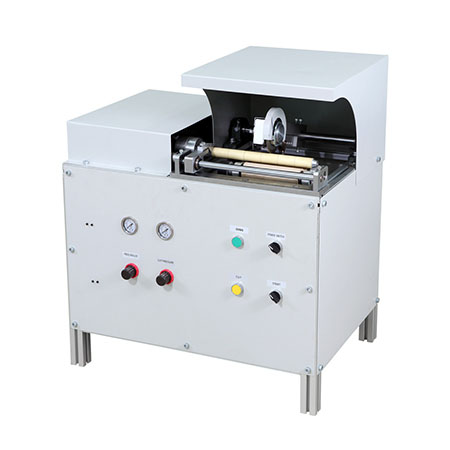 Manual Paper Core Cutter
Manual Paper Core Cutter





